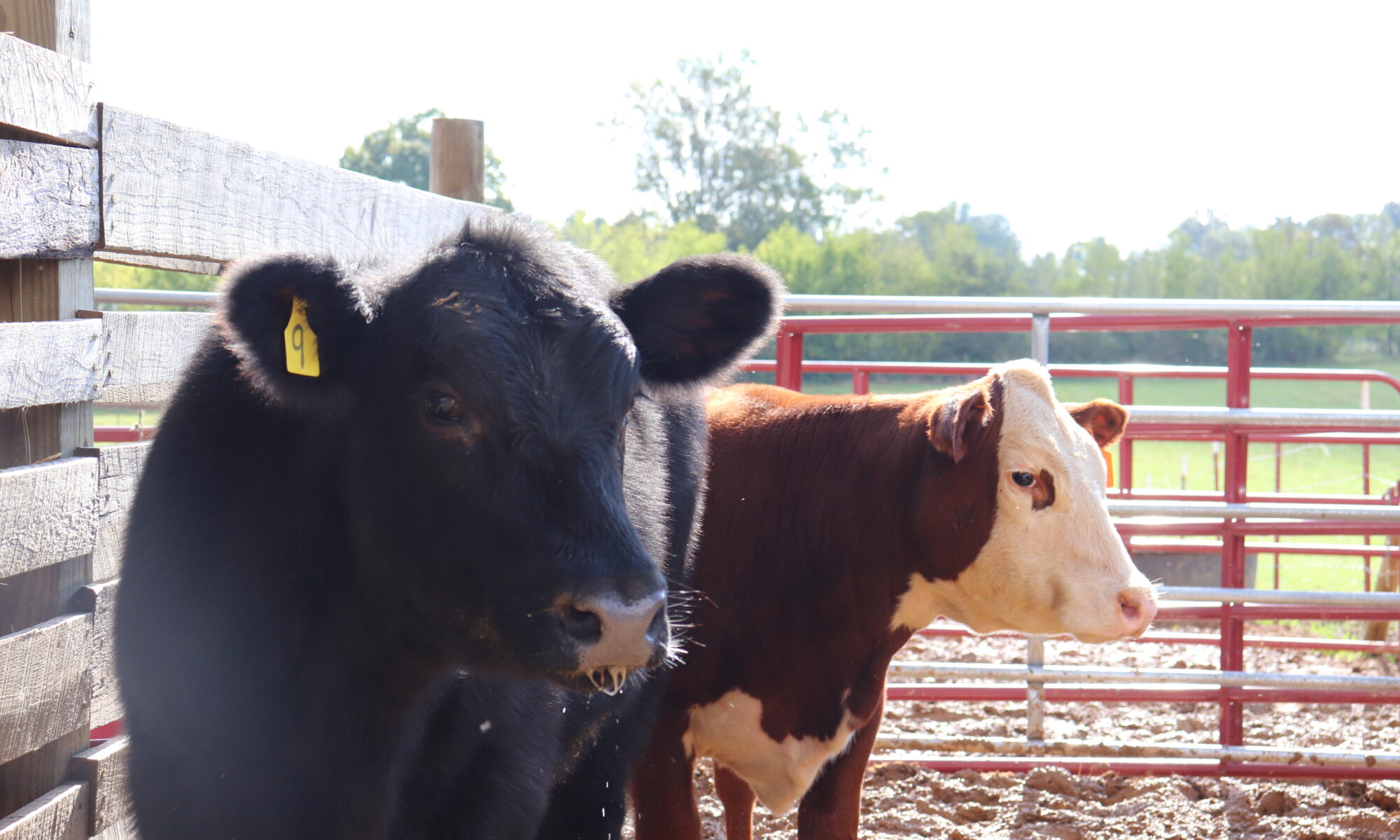

Dr. Andrew Griffith
Assistant Professor
Department of Agricultural and Resource Economics
P: 865-974-7480
The slaughter cow market has arguably been the strongest market of all classes of cattle in 2024. Given the price strength for all classes of cattle, there is sure to be some who disagree. Maybe a close second to the slaughter cow market is beef on dairy cross calves, which have been showed considerable strength for several months. Regardless of what class of cattle ones believes is the strongest, it would be difficult to argue that slaughter cow prices are not holding their own. Thus, it would be appropriate to briefly look at the dynamics of this market.
The slaughter cow market is made up of both beef and dairy cows with a relatively small number of bulls that also contribute to the total quantity of lean grinding beef. Only considering cows, just under 2.26 million beef and dairy cows were slaughtered through the first 21 weeks of 2024 with dairy accounting for a little over 1.11 million head and beef totaling just under 1.15 million head. This compares to nearly 2.74 million head of beef (1.40 million head) and dairy (1.33 million head) cows slaughtered in the United States over the same 21-week period in 2023.
The reduction in beef slaughter in 2024 is led by simply having fewer animals compared to the previous year, but the second factor driving the reduction in beef cow slaughter is higher calf prices, which has many cattle producers attempting to grow their cattle herds. On the dairy side of the equation, a higher milk price is generally what spurs a reduction in cow slaughter and increased retention of dairy heifers. However, that is not the driver in this case as milk prices to start 2024 have been slightly lower than the same months in 2023 for the most part. The driver of reduced dairy cow slaughter seems to be the strong value dairy producers are receiving from beef on dairy bull calves, which are fetching $600 to $800 per head for the week-old calves. This compares to $400 to $600 per head for straight dairy bull calves, but this is far ahead of the $100 to $150 per head that was received only a short couple of years ago.
Slaughter cow prices in Tennessee the first five months of the year have averaged about $28 per hundredweight higher than the same weeks in 2023 with the market spending much of April and May near $130 per hundredweight. Slaughter cow values exceeding $1,500 per head for a 1,200 pound cow can be difficult to pass up, but the reduction in slaughter numbers makes it clear cattle producers are attempting to capitalize on high calf prices for another year or two. This may be a wise strategy for cows who are still producing a fair calf as slaughter cow prices are not expected to decline in the near future. This means some cows can produce one or two more high valued calves and then the producer will likely still be able to market the cow at a fairly strong price.
The driver of the slaughter cow market is the lean grinding beef market. The fresh 90 percent lean beef price has pushed towards $350 per hundredweight recently, which is nearly $100 higher than where it started the year and nearly $75 per hundredweight higher than it was one year ago. The demand for ground beef is expected to remain strong given inflationary pressures on the consumer and overall meat prices as consumers may be trading down to more ground beef products instead of muscle cuts. Thus, one would expect the price of lean grinding beef to remain elevated, which should support slaughter cow prices.
With all of this being said, high slaughter cow prices do not mean producers can be lax on slaughter cow marketing. Seasonal price trends are expected to persist through both high price and low price environments. Similarly, producers cannot afford to fail to market slaughter cows when appropriate, because thin cows and cows with physical defects will be discounted in the market.